Furniture Construction: Our Favorite Articles
A roundup of our top articles from Will Neptune, Jeff Miller, Mike Korsak, and Christian Becksvoort on constructing and engineering furniture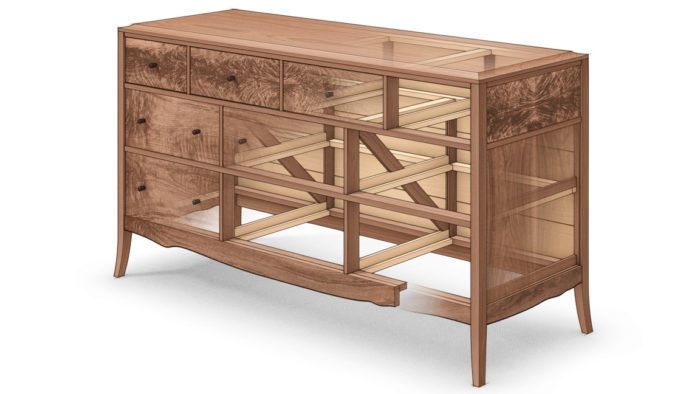
Our editors sorted through the archives to find their top articles on construction techniques. Here you’ll find the best how-to tips for engineering furniture to last. The featured articles below cover constructing a chest of drawers, sideboard, table with drawers, bookshelves, and plank doors.
Anatomy of a Chest of Drawers
Synopsis: Will Neptune breaks down the design of a chest of drawers, showing various methods so that someone at almost any skill level can successfully complete a chest to taste. His instructions for constructing a carcase, building drawer dividers, drawer fronts, moldings, bases, and feet, are essential for building a chest of drawers in any style—from 18th century to modern designs. He also offers efficiency tips along the way that will reduce frustration in later steps.
by Will Neptune
Sideboard Strategies
Synopsis: For Will Neptune, a key in making furniture is balancing design complexity and construction simplicity. He builds sideboards by making a dovetailed box turned on its side. It has fewer joints; his method helps the case swell and shrink as one piece. Here, he explains basic sideboard design and his construction method – how he uses built-up ends and dovetails. He talks about other construction styles, too, to save wood or result in a different look. He discusses proportions and style and how changes in proportion alter the effect of the piece. A sidebar on style details helps clarify Federal from Stickley from Greene and Greene.
by Will Neptune
Engineering a Table with Drawers
Synopsis: Will Neptune’s approach to building tables with drawers is extremely adaptable. Photos of a mock-up he built show the basic components: dividers, doublers, runners, and kickers. For efficient construction, he designs joints that share like dimensions and like locations relative to the leg. He explains how he joins the runners and kickers at the front and back of the table when the span gets long. He says a table with more than one drawer requires a partition tying together the dividers between drawers and a complement of internal runners, kickers, and drawer guides. The article includes detailed drawings of divider joints, a dovetailed wide upper divider and a tenoned wide lower divider, kickers and runners, and partition options for supporting spans.
by Will Neptune
Building Bookshelves to Last
Synopsis: Bookshelf design employs a delicate dance between two goals — strength and beauty. Factors such as shelf dimensions, stock thickness,and the method used to mount the shelves come into play. These guidelines by furniture maker Jeff Miller will help you build shelves that look good and are strong enough to handle a load of books. Included is a chart to help calculate shelf sag, and an introduction to an online program called the Sagulator. Miller also explains various methods for securing shelves. For fixed shelves, these include dadoes, rabbeted dadoes, biscuits, sliding dovetails, and screwed cleats. For adjustable shelves, mounting methods include shelf pins, hidden wire supports, and wooden and metal shelf standards.
by Jeff Miller
Strategies For Building Stronger Furniture
Synopsis: Building a long chest of drawers with legs at each end but no supports in between doesn’t require an engineering degree, but it does require an understanding of the forces that act upon a piece of furniture. When commissioned to build a chest of drawers slightly over 6 ft. in length, Mike Korsak had to figure out how to design such a long case so that the drawers, when loaded, do not sag. His solution was to stiffen the structure with diagonal braces, L-section aprons, and a rigid back that turns solid back panels into beams while still permitting them to move with the seasons.
by Mike Korsak
Keeping Plank Doors Flat
Synopsis: Christian Becksvoort collaborated with a student and Andrew Garton, of the Center for Furniture Craftsmanship, to arrive at solutions for keeping plank doors from cupping or warping. This article covers battens, dovetailed keys, breadboard ends, hidden breadboard ends, and invisible cleats, and shows how to make each, with photo sequences detailing every step. Becksvoort also advises which doors these techniques work best on.
by Christian Becksvoort
Fine Woodworking Recommended Products

Jorgensen 6 inch Bar Clamp Set, 4 Pack

Starrett 12-in. combination square

Estwing Dead-Blow Mallet

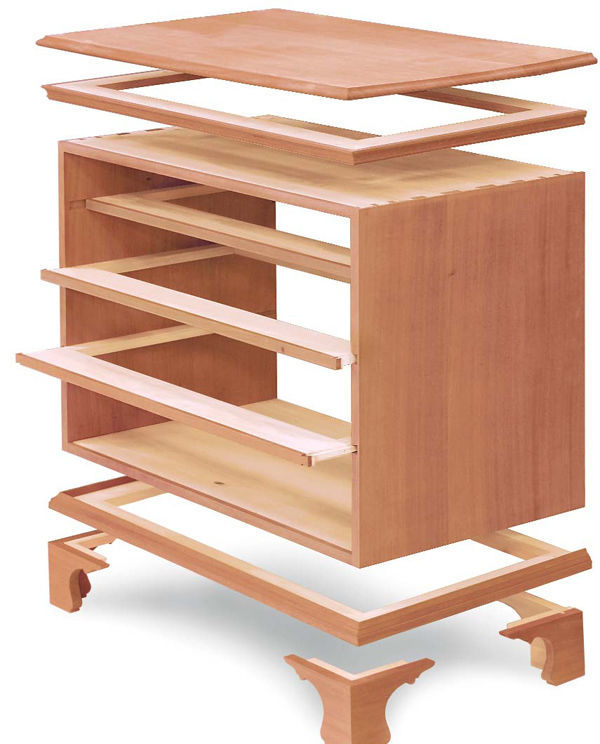
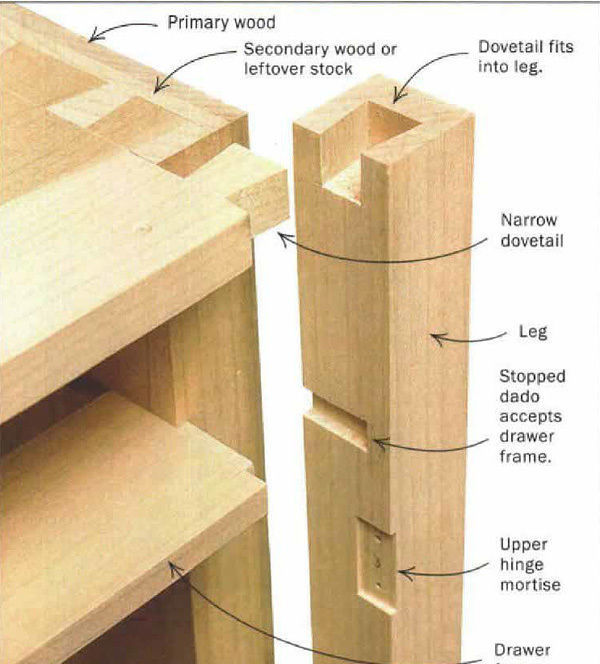
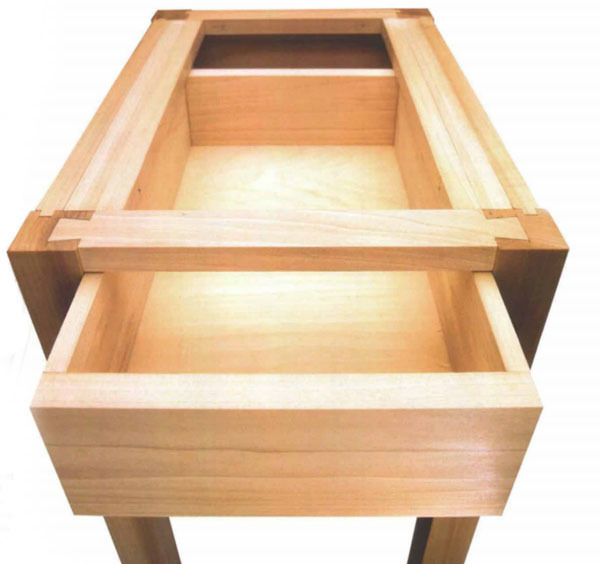
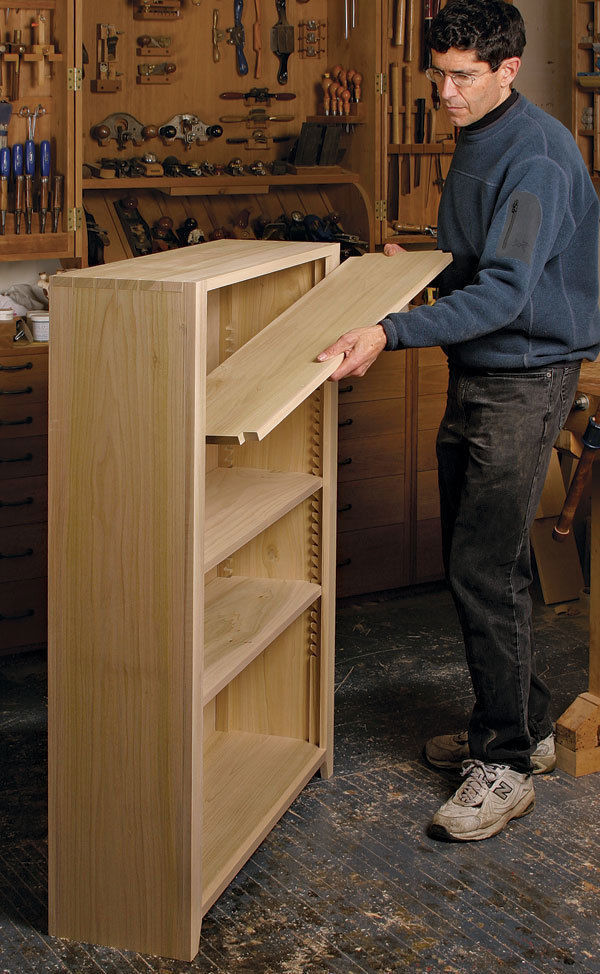
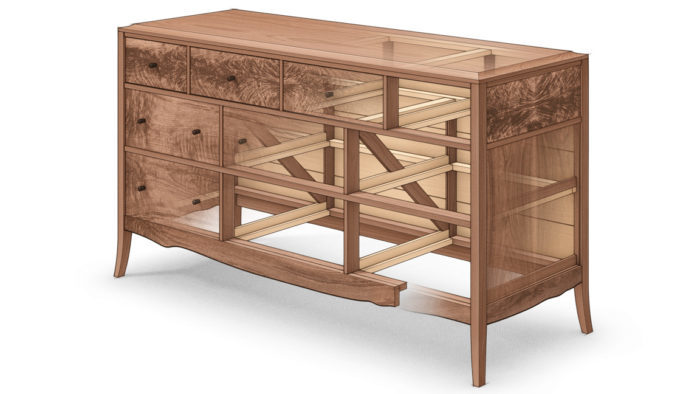
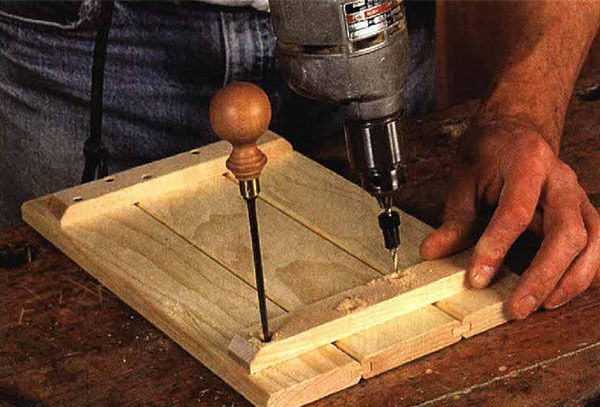
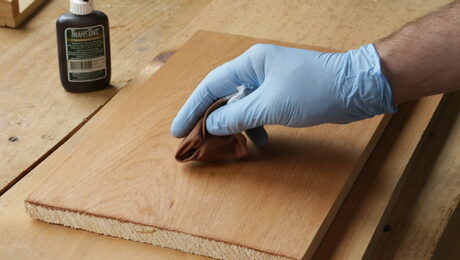
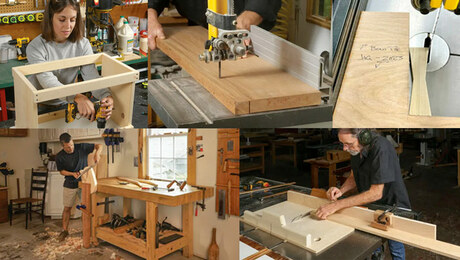
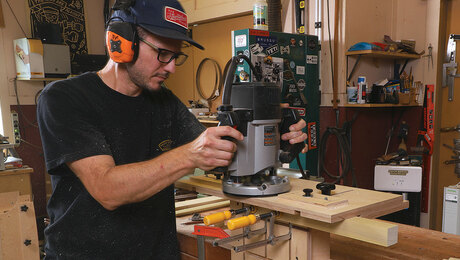



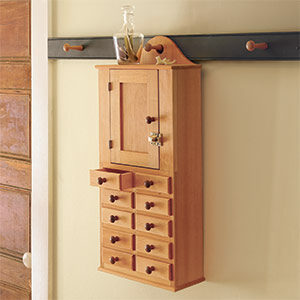
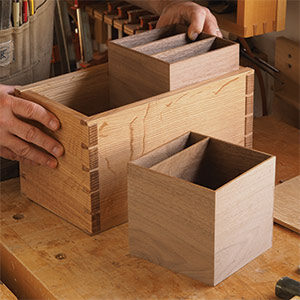
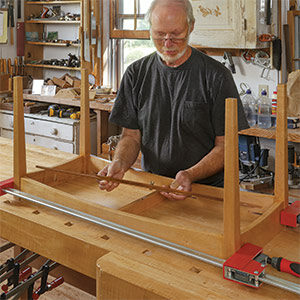
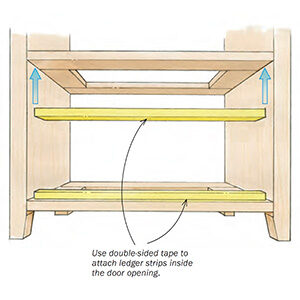















Log in or create an account to post a comment.
Sign up Log in